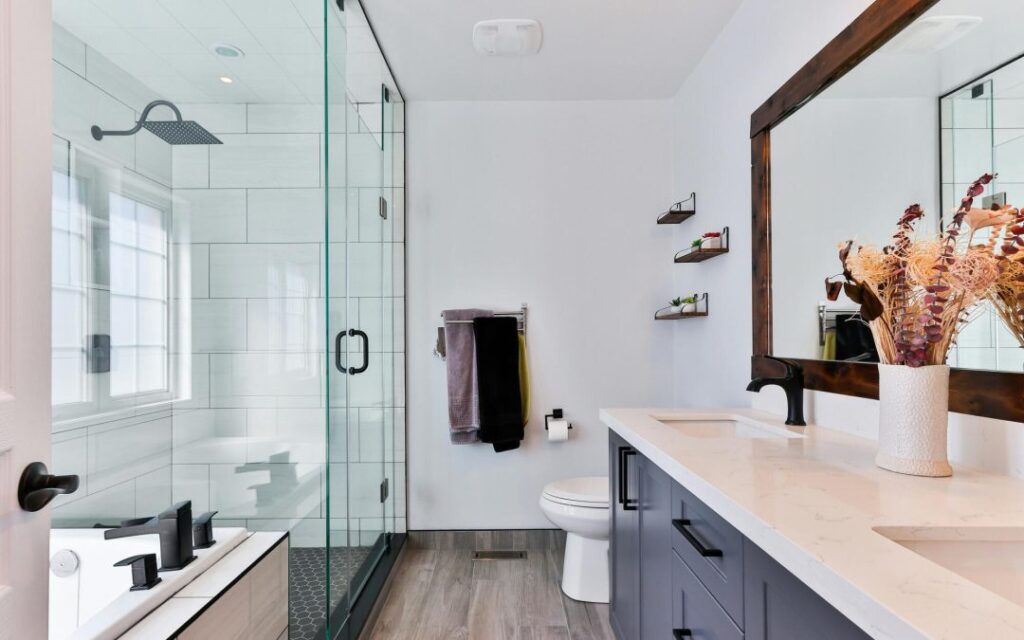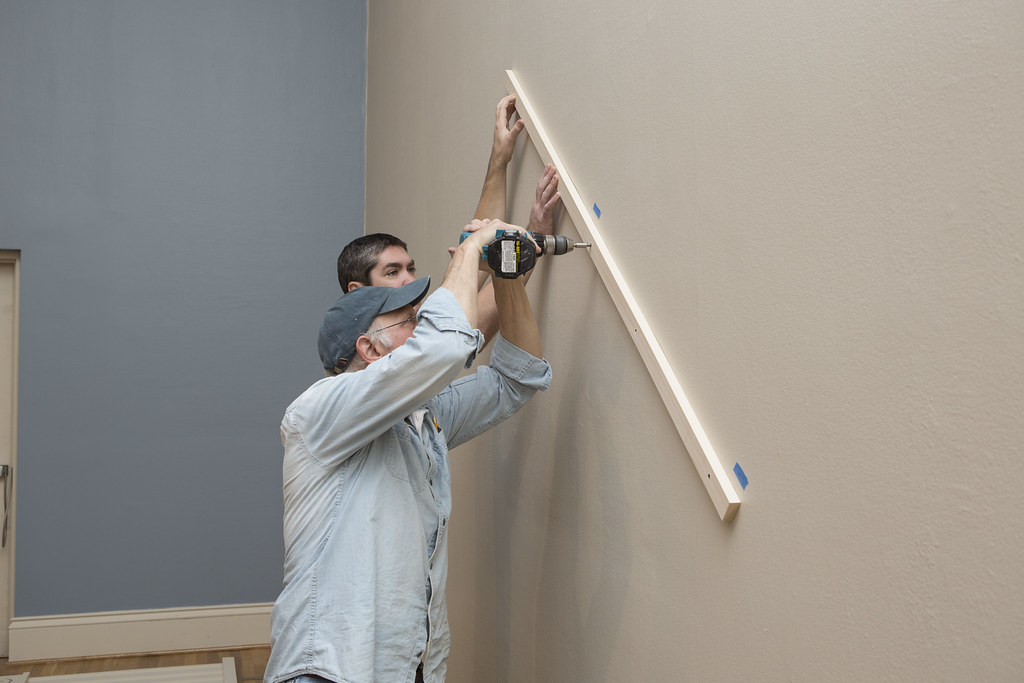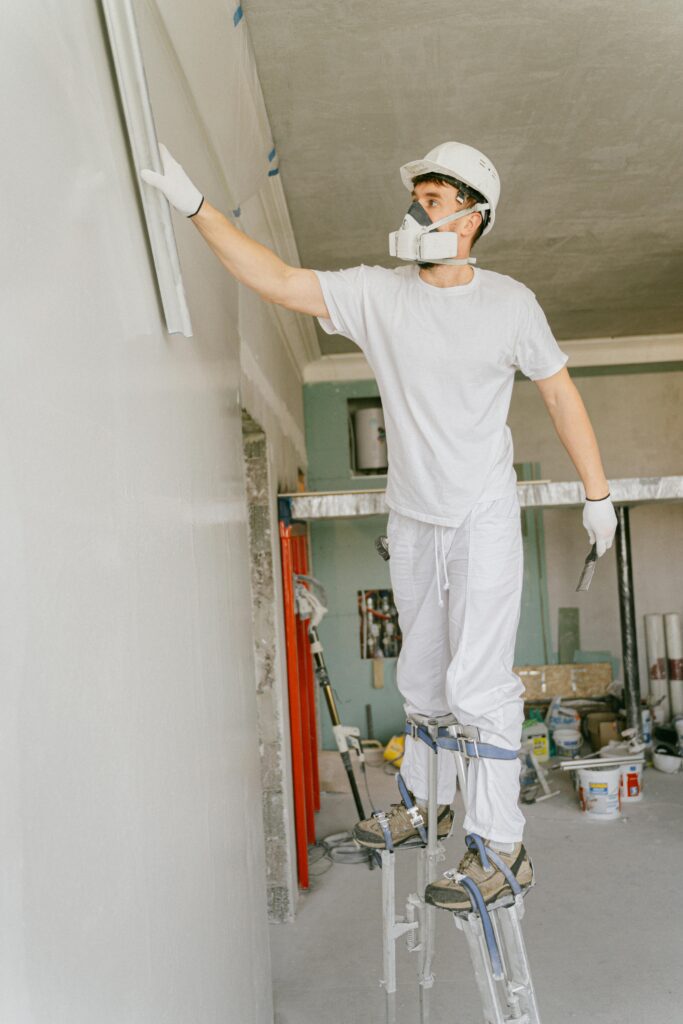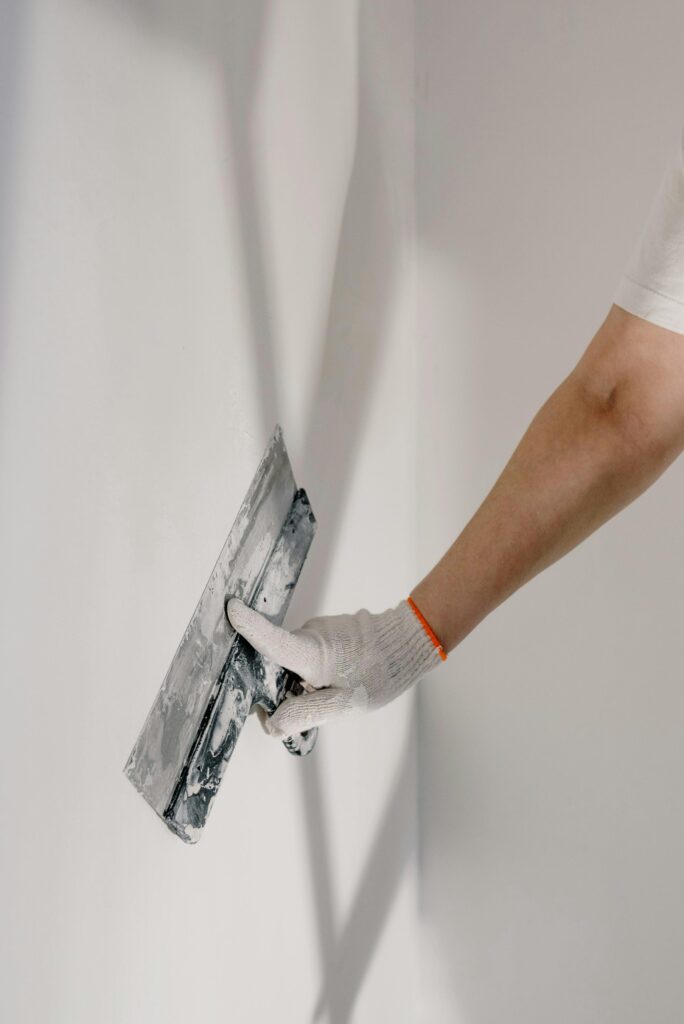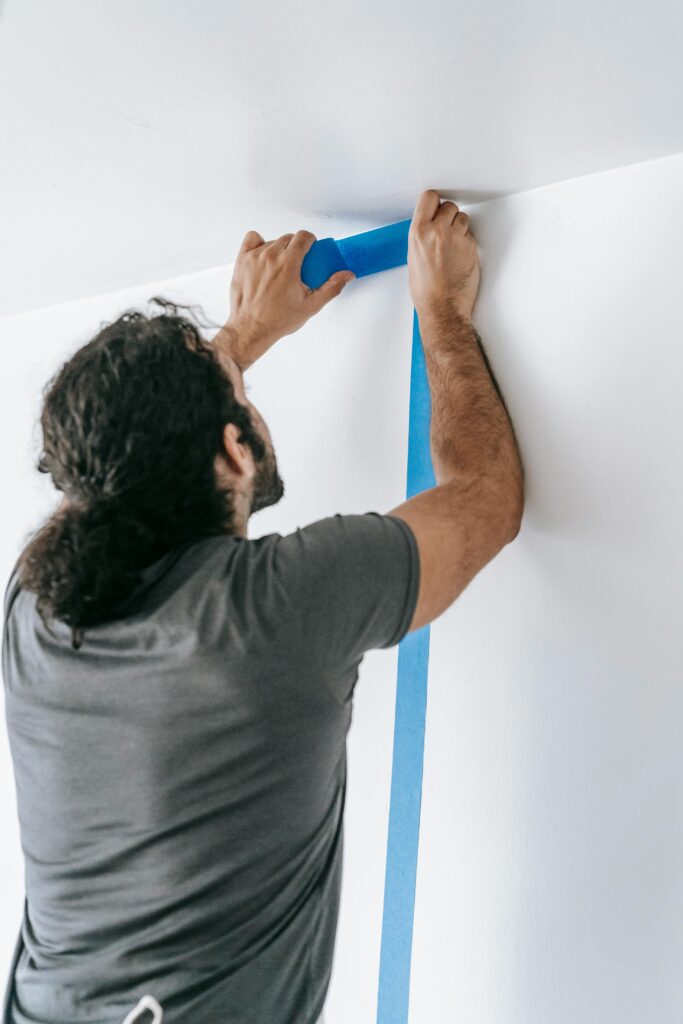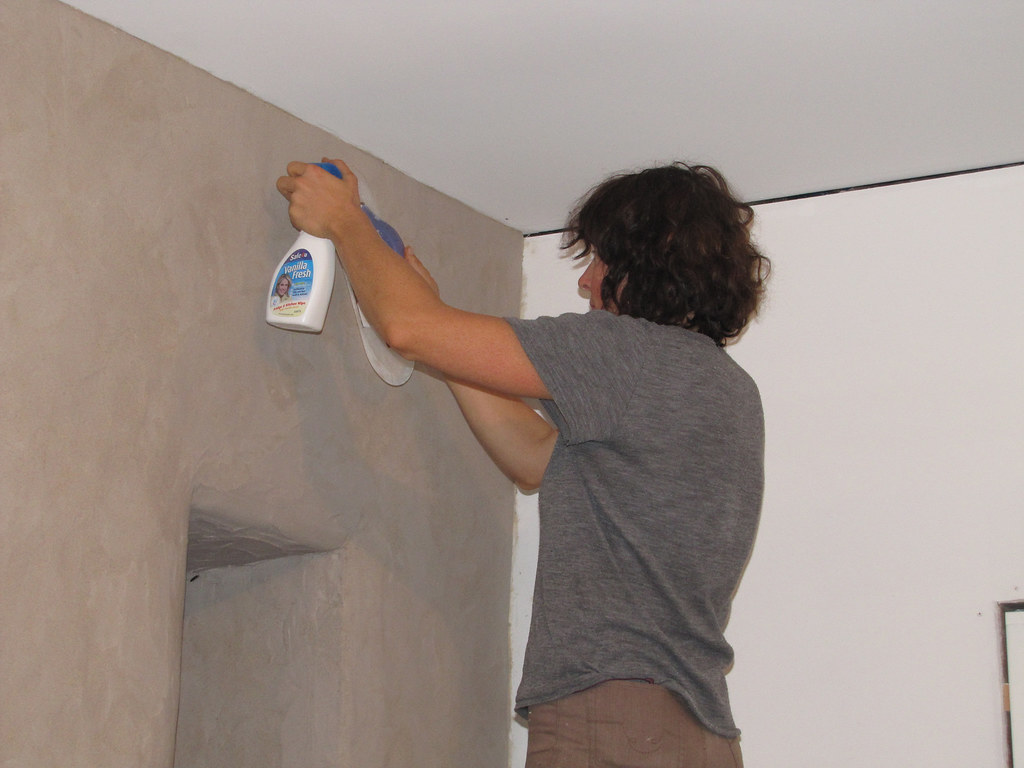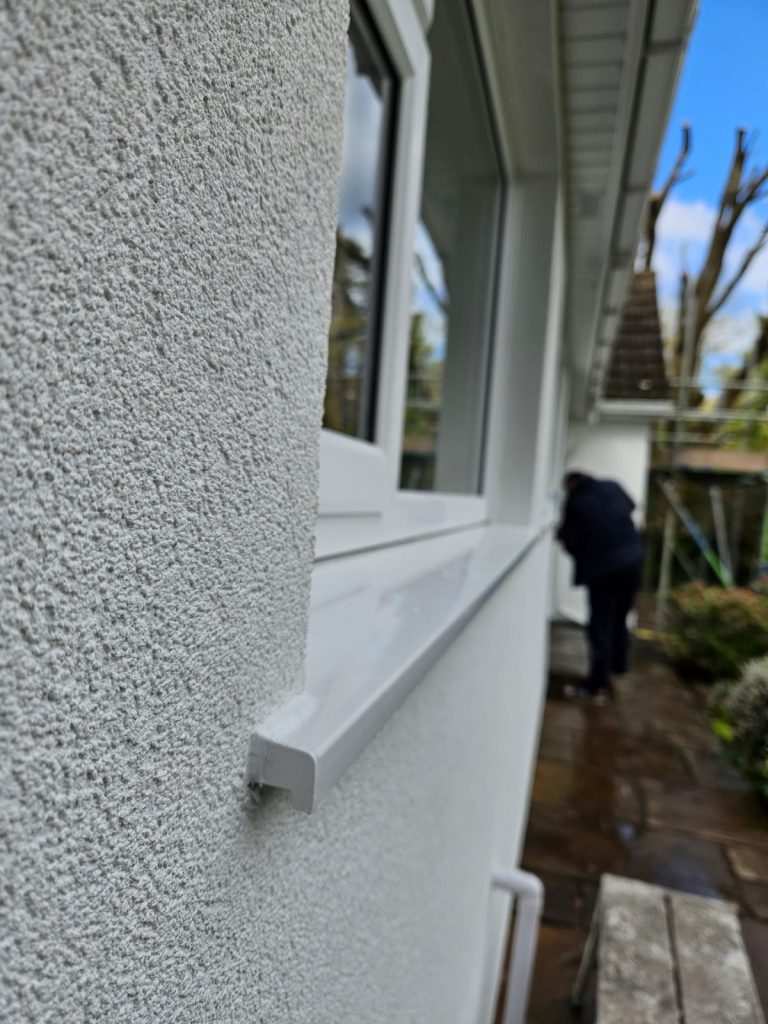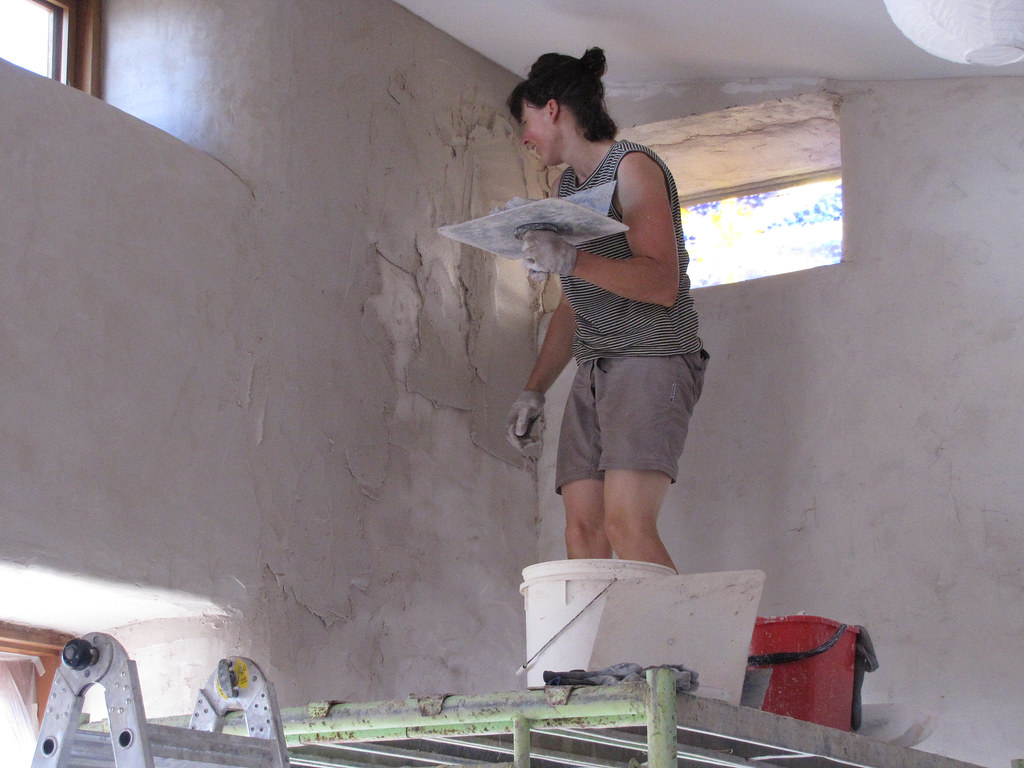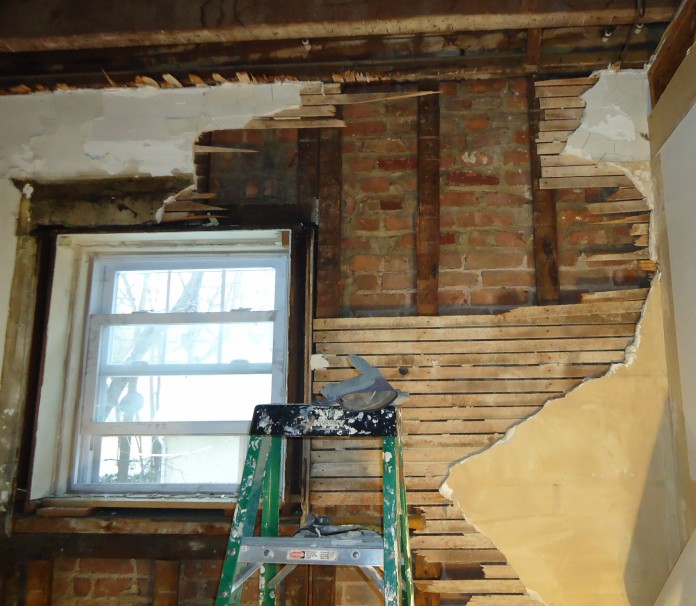Budget Bathroom Renovation: The Ultimate Expert Guide to Transform Your Space
Discover how to achieve a stunning budget bathroom renovation without compromising on style or quality – insider secrets revealed! Introduction: Transform Your Bathroom Without Breaking the Bank Transforming your bathroom doesn’t have to drain your savings. With the average bathroom renovation in the UK costing between £6,000 and £8,000, many homeowners are seeking smart ways to achieve high-end results for less. The good news? A thoughtful budget renovation can deliver stunning results for as little as £2,500. In this comprehensive guide, we’ll reveal professional insights and clever strategies to help you create a beautiful, functional bathroom space that looks luxurious without the premium price tag. Setting Your Budget: Planning for Success Understanding current costs is crucial for effective budget planning. As of 2025, bathroom renovation costs have seen significant changes. A basic bathroom update typically ranges from £2,500 to £6,000, while mid-range renovations can reach £8,000. To maximise your budget, consider this essential breakdown: 35% for fixtures and fittings, 20% for labour (if not DIY), 15% for tiling and flooring, 15% for plumbing, and 15% for lighting and electrical work. Create a detailed timeline spanning 2-3 weeks for a full renovation, allowing extra time for unexpected challenges. Prioritise elements that offer the biggest visual impact, such as vanity units, lighting, and wall finishes. High-Impact, Low-Cost Updates Surface Transformations Choose moisture-resistant bathroom paint in light, space-enhancing colours (£25-£35 per tin) Consider traditional wallpaper with proper sealing for better durability than peel-and-stick options (£30-£50 per roll) Install beadboard panelling for classic character and water resistance (£20-£30 per panel) Use tile paint for dated tiles instead of replacement (£20-£30 per kit) Fixture Updates That Make a Difference Small changes can create significant impact. Update cabinet hardware for £2-£5 per piece, choosing modern finishes like brushed nickel or matte black. Replace dated taps with contemporary options ranging from £50-£150. Modern lighting solutions, particularly LED fixtures, can transform the space for £100-£220, offering both style and energy efficiency. Consider replacing mirror frames or installing a new mirror with integrated lighting for a luxury feel without the premium cost. Storage and Functionality Install floating shelves (£15-£30 each) for both storage and visual interest Update your vanity unit with budget-friendly options under £750 Add over-toilet storage units (£50-£100) to maximise vertical space Incorporate woven baskets for stylish, affordable storage (£10-£25 each) Smart Flooring Choices Flooring can make or break a bathroom renovation budget. Vinyl and laminate options offer exceptional value, ranging from £15-£30 per square metre. These materials now convincingly mimic expensive natural materials like marble and hardwood. Modern luxury vinyl tiles (LVT) provide excellent water resistance and can be installed without professional help. For the most budget-friendly option, consider peel-and-stick tiles at £10-£20 per square metre, but ensure proper subfloor preparation for longevity. DIY vs Professional Work: Where to Save and Where to Spend DIY-friendly tasks: Painting, hardware replacement, floating shelf installation, toilet replacement Professional requirements: Complex plumbing, electrical work, waterproofing Mixed difficulty: Flooring installation, vanity replacement (assess your skill level) Labour typically accounts for 20-30% of renovation costs. While DIY can save significantly, some tasks require professional expertise for safety and compliance. Always obtain necessary certificates for electrical work and ensure proper waterproofing to prevent costly future repairs. Shopping Smart: Getting the Best Value Timing your purchases can lead to substantial savings. January sales often offer 20-40% discounts on bathroom fixtures and fittings. Consider ex-display models for high-end items at reduced prices. Compare prices across multiple retailers and don’t overlook online marketplaces for deals. Budget-friendly retailers like B&Q and Wickes frequently offer seasonal promotions, while end-of-line sales can yield savings of up to 60%. Bringing It All Together: Your Renovation Timeline Week 1: Planning, shopping, and preparation Week 2: Demolition, plumbing rough-in, electrical work Week 3: Flooring, fixtures installation, finishing touches Weekend projects: Painting, hardware updates, accessorising Create a detailed schedule allowing for material delivery times and potential delays. Plan demolition carefully to preserve items that can be reused or refreshed. Consider working in phases to maintain bathroom functionality throughout the renovation. Conclusion: Your Beautiful New Bathroom Awaits With careful planning and strategic choices, a budget bathroom renovation can deliver remarkable results. Focus on high-impact changes, shop smartly, and tackle suitable DIY projects to maximise your budget. Remember that successful renovations require thorough planning, realistic timelines, and a balance between aesthetics and functionality. Start your transformation journey today, and create the bathroom of your dreams without breaking the bank. For professional assistance with any plastering needs during your renovation, Kent Plasterers offers expert services to ensure a flawless finish that stands the test of time. FAQ Can you update a bathroom for $5000? There are some fantastic best bathroom remodel companies in Walnut Creek, CA that can help you get the most out of your $5000 budget. These professionals have experience working with both high-end and budget-friendly remodels, making them well-equipped to bring your vision to life. Can you remodel a bathroom for $20000? Mid-Range Remodels This could include replacing the tub or shower, updating tiles, and maybe even upgrading the sink and toilet. Generally, this level of work falls between $10,000 and $20,000, balancing style and function without jumping to luxury pricing. Can I renovate my bathroom for $10,000? If your tiles are still in good condition, you could stick to a bathroom renovation under $10,000 by re-grouting instead of completely replacing. “A bit of facelift rather than a complete overhaul will save you a lot of money. Sources [1] https://www.thespruce.com/budget-friendly-bathroom-remodel-ideas-7511607 [2] https://www.bhg.com/bathroom/small/budget-small-baths/ [3] https://www.homedepot.com/services/c/cost-bathroom-remodel/d9843b7cb
Budget Bathroom Renovation: The Ultimate Expert Guide to Transform Your Space Read More »

